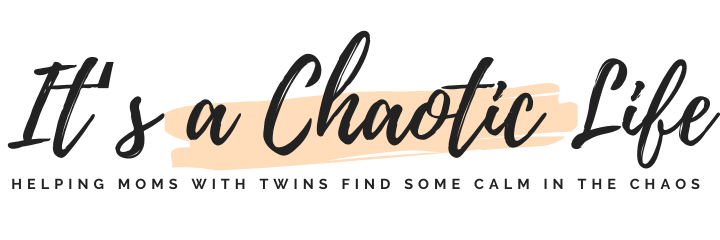
As a teacher and a mom, I can see first hand how effective managing behavior is. Managing behavior at home makes a difference when it’s done constantly and also done at school. Many of the strategies are the same and can be used in both the home setting as well as the classroom setting. One particularly valuable approach that can make a significant difference is Applied Behavior Analysis (ABA). Originally developed to help individuals with autism spectrum disorder (ASD), ABA strategies are now widely recognized for their effectiveness in promoting positive behaviors and learning in all children. But there is more to it then you may think.
This post includes affiliate links. If you purchase something through it, we may receive a small commission.
What is ABA?
So what exactly is ABA? According to the actual definition, Applied Behavior Analysis is a systematic approach that focuses on understanding and changing behavior through evidence-based interventions. It emphasizes breaking down skills into manageable steps and using reinforcement to encourage desired behaviors. So pretty much it focuses on changing behavior. And although it’s widely used for kids with behavior problems and on the ASD scale, it really could be used for any behavior in almost any situation. Behavior is behavior- any behavior can be changed or taught. So today we are going to focus on some of these strategies that can be used to manage behavior at home. This will reinforce good behaviors and also help when having behaviors in school.
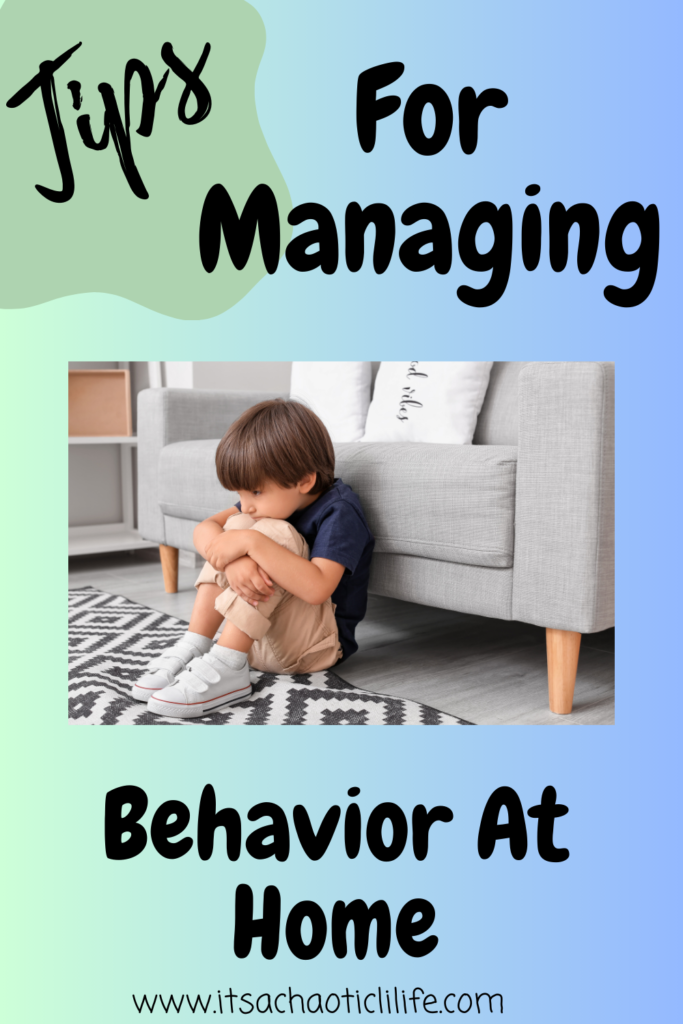
Why Use Behavior Strategies at Home?
Implementing ABA strategies at home can provide consistency and structure for children, reinforcing skills learned in the classroom. Whether it’s establishing routines, teaching self-management skills, or promoting positive behaviors, these strategies create an environment that supports learning and development. They are easier to implement then you may think. You can incorporate into every day activities, creating flawless and easy transitions for the whole family.
Why Using Behavior Strategies At Home Supports Classroom Success
When children experience consistency between home and school environments, they are better equipped to generalize skills across different settings. For example, using visual schedules or token economies at home can reinforce their understanding and application of these tools in the classroom. Here are some ideas for items and ways to implement strategies at home that your child may use in school.
Behavior Charts For Managing Behavior
These can look many different ways. As a classroom teacher myself I always had a chart for everyone to earn their own points or stickers, which ultimately would earn them prizes. Some students needed more than that. For example I used this specific sticker chart and had them hung on the wall. They would receive a sticker and place it on the chart. When they filled up a line they would earn prize from the small prize box. When they filled up the whole chart they would earn a prize from the large prize box. The prizes can be bought at dollar tree stores, from Amazon, and my favorite is items my kids at home no longer use. I like to look through their things and use little items they had as prizes for them. Some kids may need the sticker chart on their desk so they can see what they are earning, or a different kind of behavior cart all together. ( but I’ll talk about that next)!
What you will need to enforce this at home or at school:
What Kind Of Behavior Charts To Use
Teachers and Moms can use behavior charts for just about anything. At home we can use them to get kids to compete their homework, chores, toileting, reading, literally anything. If they want to earn something – they have to earn stickers, checkers, fake money- however you want to work it. And remember different things work for different kids. For example my son didn’t like stickers and for him that wasn’t motivating enough for him when I was potty training him. But using a token board with 5 boxes only and velcro pictures of a dinosaur did. Here are some different kinds of behavior charts you can use both in the home and in the classroom.
Different kinds of behavior charts
Token boards- Token boards can be used for just about any behavior you want to reinforce. Pick what they are working for, free time, play dough, game time, television, it can be just about anything.
Behavior Tracker Chart– This type of behavior chart uses points and measures weekly progress. You must receive a certain amount of points to earn your reward (whatever it that they are earning).
Monthly Behavior Tracker– Some children do better with earning something on a monthly basis. I all depends on what works best for your kid and what they are using at school that makes it successful for them.
Read more about classroom management strategies here.
Visual Supports That Can Be Used
Using visual supports to manage behavior at home is important for success. These visuals can look different in different households. There are different kinds of visual schedules that you can use. Sometimes a complete picture schedule works and sometimes a dry erase one works where you can write the schedule in. This makes it easier to change things when needed. These visuals schedules can outline what the day looks like, after school events and sports, chores, play dates for the day, or even what dinner will be that day. Visuals can also be as simple as using a first/ then chart to support a child that just needs to know what is coming next.
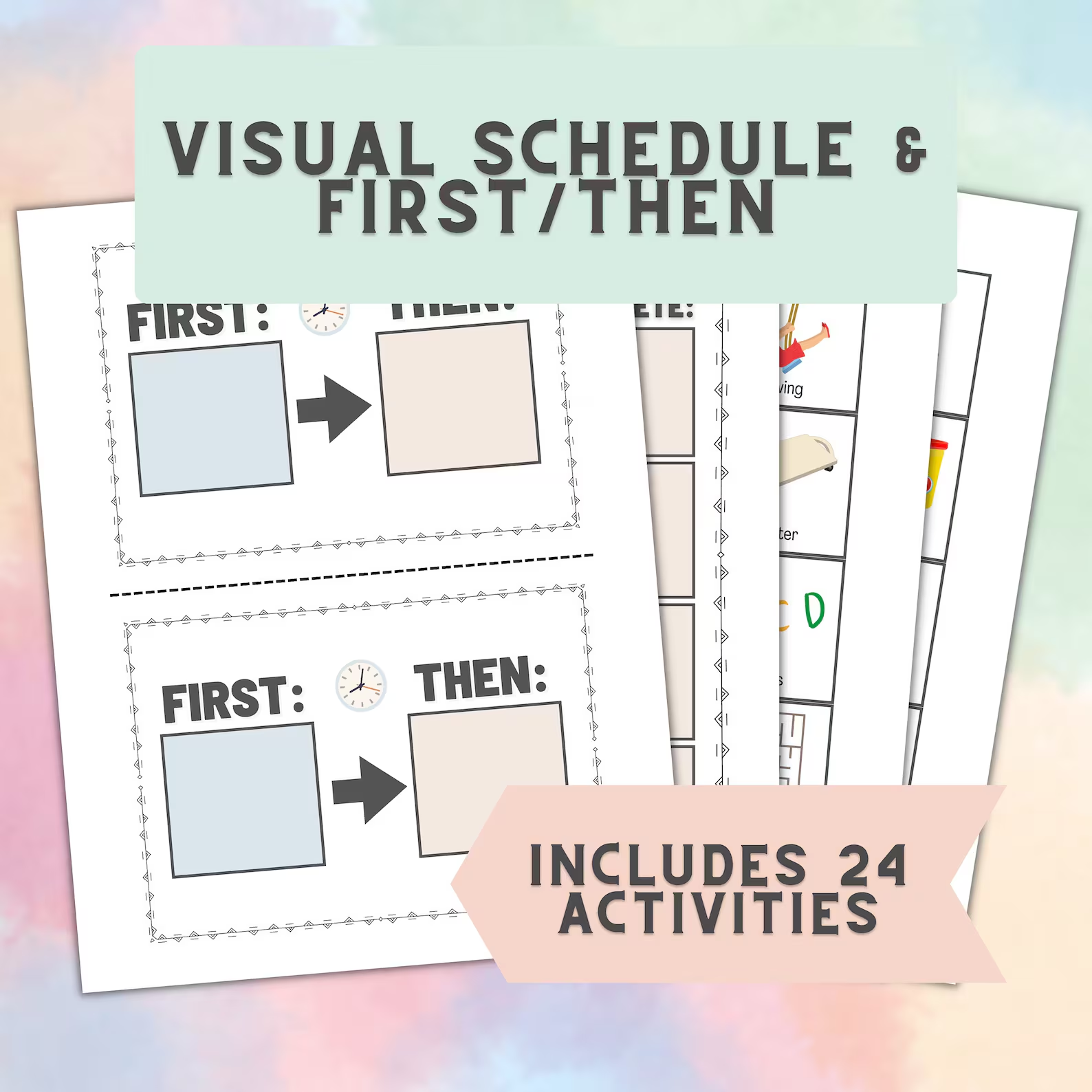
- First /then behavior charts – This type of chart is good for a quick firs do this for me, then you can have what you want kind of deal. Usually used with younger kids, and build up to tokens. An example of this would be, first work for 5 min, then you can get 5 min of iPad time. First homework, then snack. First store, then ice cream. First potty, then lollipop. It’s a good motivator for immediate reward after one task is complete.
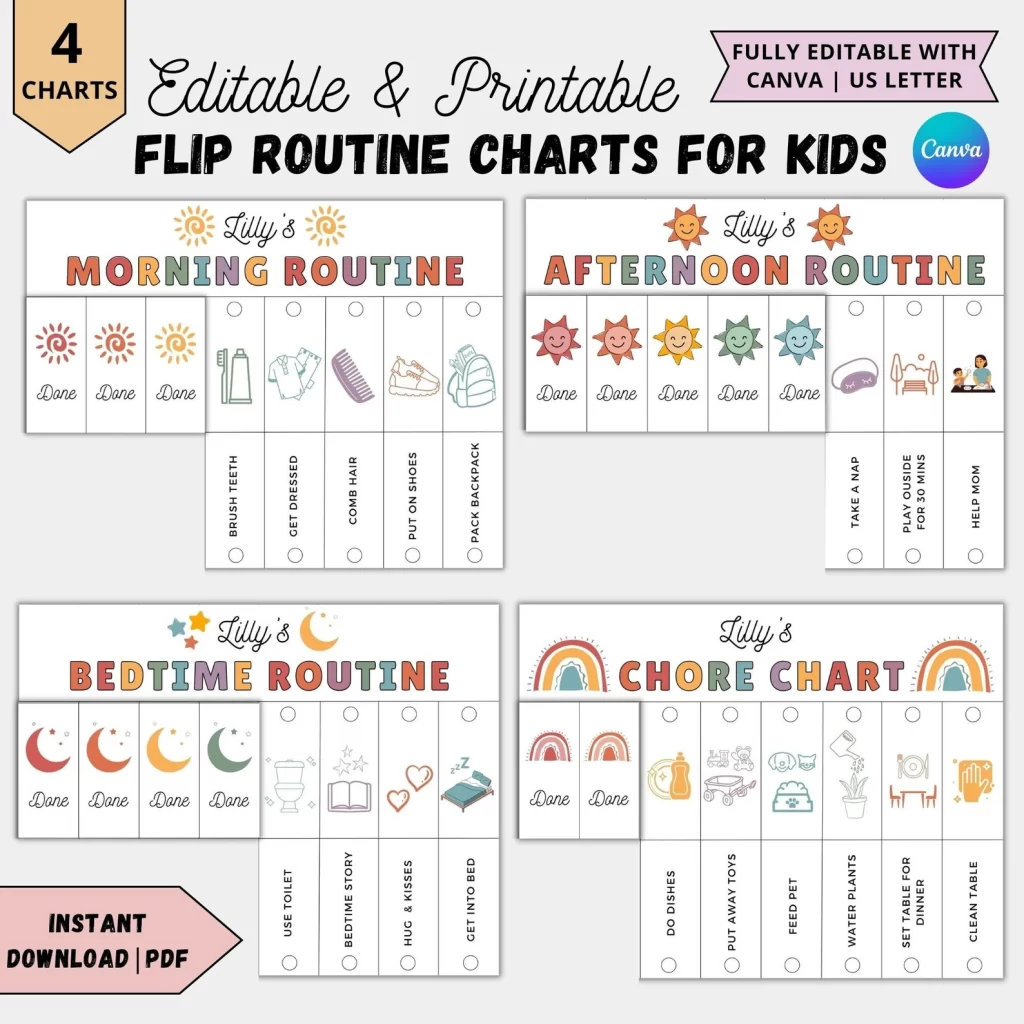
2. Daily Routines And Schedules
Using a schedule for routines can make a day go bye smoothly. When there is a clear schedule of tasks and expectations, behaviors seem to be kept to a minimum. Having your child be part of the routine, gives them a sense of responsibility. Like at school, there should be a daily flow of the day so children know what their day looks like. These ease anxieties and let the kids know their expectations for the day. You can also add visuals for expectations for any type pf routine you have ( making the bed, brushing teeth, washing hands). In the classroom it can be things like washing hands, rug routine, taking a book from the library routine. Setting this up will help your child thrive at home and in school.
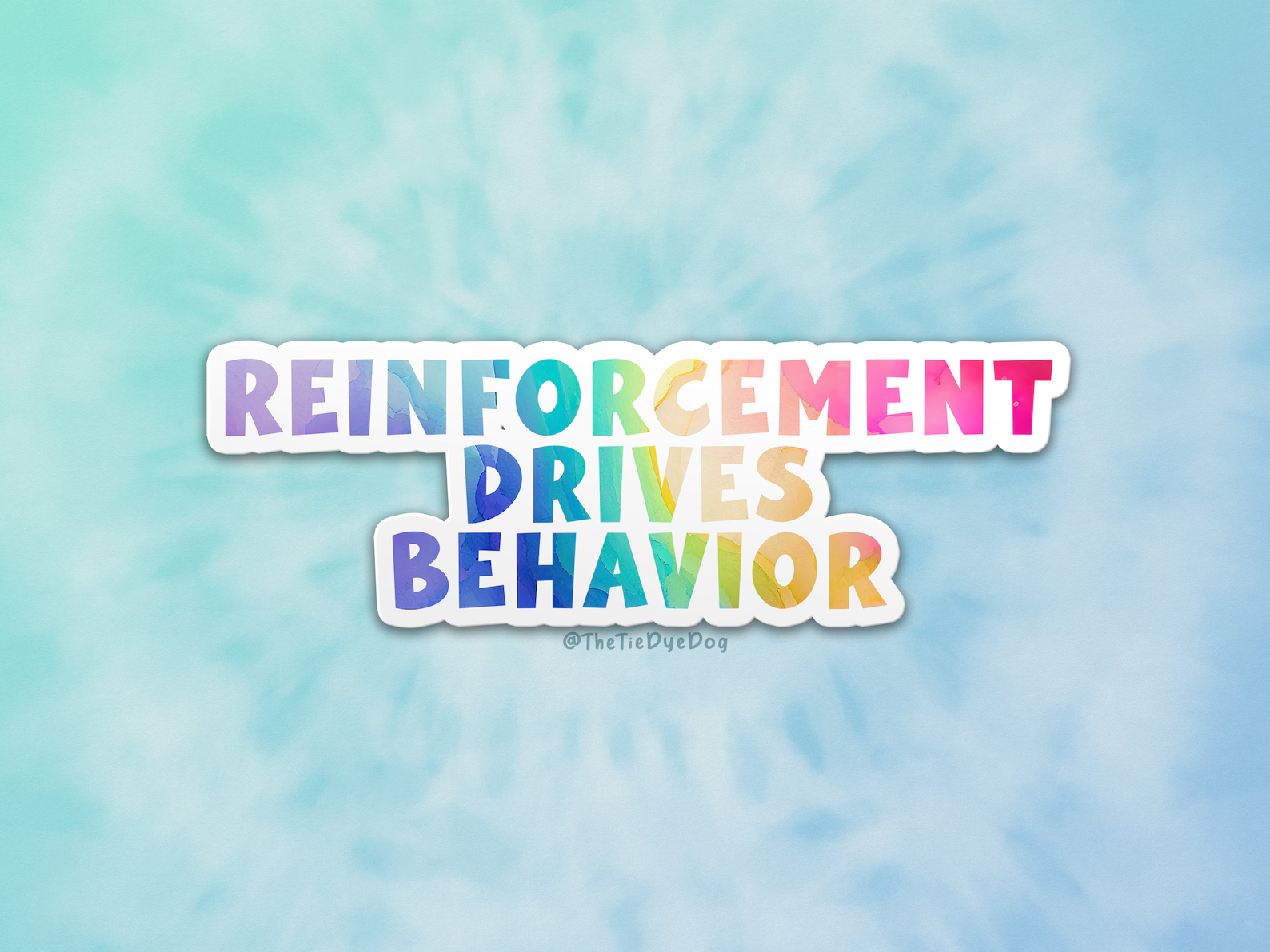
3. Positive Reinforcement
Using positive reinforcement is a big part of managing behavior at home and in the classroom. It can be as simple as using positive praise to turn your kids behavior around. Using sayings such as ” I like the way you…….(wrote the letter g, said thank you). Just something simple that will make them feel good and turn their mood around. Behavior charts can be used as well to reinforce good behavior with rewards. After they do something positive use a sticker to reinforce their good behavior. You can then use a token board or behavior chart to have them earn enough positive behavior to earn a prize, a trip to the store or whatever it is they want to earn.
4. Consistency
The key to changing behavior is to be consistent. If you’re using praise and prizes one day then forget the next, the behavior will always come back. Your child has to know that you mean what you say and you’ll follow through on a reward, or a consequence. This is something that goes hand in hand from school to home. A teacher should always involve a parent when behaviors arise to be completely successful. There should be rewards at home as well as in school. They should be consistent, daily, weekly or monthly. Consistency in routines and schedules also help prevent behavior.
Check out some other posts and ideas for implementing behavior strategies.
Behavior Strategies for the Classroom
Conclusion
Implementing ABA strategies at home not only supports your child’s development but also enhances their readiness to learn in the classroom. By fostering a consistent and supportive environment, we can empower our students to thrive academically and socially. Remember, small steps can lead to significant progress!
How have you implemented ABA strategies at home to support your child or students? Share your experiences and insights in the comments below!
